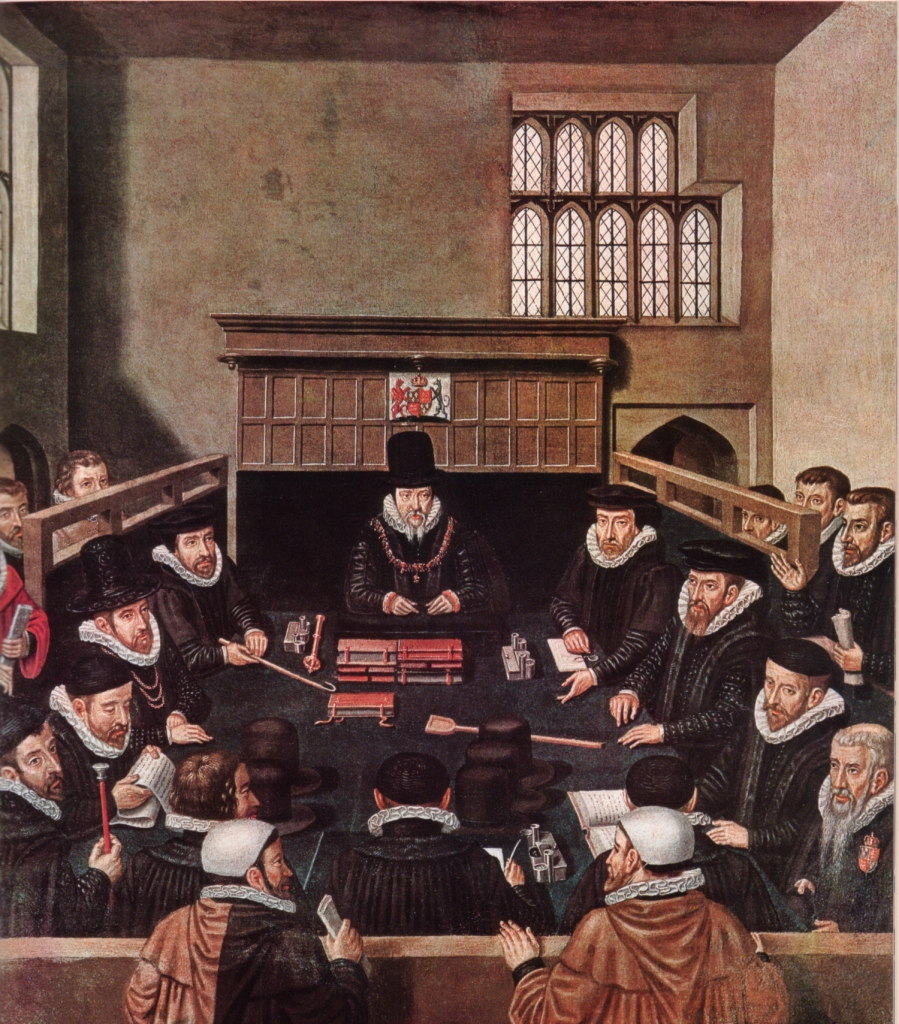Mark Hailwood
England in the sixteenth and seventeenth centuries was a remarkably – and increasingly – litigious society. Whether through a growing drive to prosecute crimes and enforce laws, or a greater willingness to take neighbours to court, early modern men and women across the social scale routinely found themselves in the legal arena as plaintiffs, defendants, and witnesses. This level of popular engagement with the law was arguably at a higher point in the years between 1560 and 1640 than at any other time in English history.
This is great news for historians of this period, and especially for the practitioners of ‘history from below’; whilst the common people, who were likely to be illiterate, leave us few written sources penned by their own hands, their actions – and sometimes their attitudes – did leave an imprint in the legal sources recorded and retained by the many courts of early modern England. Since the 1970s, then – when social history began to take off in UK university History Departments – researchers have often turned to court records in their attempts to uncover the history of early modern non-elite actors.

The first wave of work on legal sources often focused, quite understandably, on what these records could tell us about patterns of crime and criminality, not infrequently using a quantitative approach to make sense of the changing nature of court business. From the 1990s, under the influence of the ‘cultural turn’, the emphasis shifted from counting crimes to offering close qualitative readings of legal sources, especially the detailed statements – or depositions – given by those called before the courts, for what they could reveal about the gender dynamics, or social conflicts, at the heart of certain types of case. More recent work has often adopted an ‘incidentalist’ approach, using these depositions to examine everyday activities that were mentioned in passing, rather than being the subject of a case, thereby reconstructing patterns of work and sociability, or the experiences of particular groups in this society, such as female servants.
Working with such records has always been challenging. Until recently they have almost always required visits to local or national archives to access them, and advanced palaeography skills (and in many cases Latin) to read them, as well as the patience to deal with often incomplete series of documents that may be largely uncatalogued, or damaged by the ravages of time. In an age where historians of early modern England now have digital and easily searchable versions of early modern printed books, ballads, and the proceedings of one very famous court, accessible from their laptops – which is a good thing, of course – there is some risk that the rich treasures that are labour intensive to extract from legal archives could become neglected by scholars.
It is very exciting to see, therefore, that a new generation of historians are as willing as their predecessors to dig deep into the vast archives of early modern English legal sources. At the North American Conference on British Studies in Baltimore in November 2023, I was fortunate enough to attend two linked panels that had been organised by Laura Flannigan and Charmian Mansell, and chaired by Krista Kesselring – a leading proponent of using legal sources – that brought together a group of early career researchers who were bringing new approaches to, and extracting fresh insights from, legal source material. I asked the participants if they would be interested in following up with an online symposium to showcase the buoyancy of work in this area. Readers, they said yes.
So, over the next two months the many-headed monster will host a series of posts that will use a variety of legal records to examine how and why the people had such a close relationship with the law, and will showcase some of the fascinating topics that these materials are currently being used to investigate. We hope you enjoy reading them, and as ever your comments are welcome below the line…
Truth and Trust: Remembering Perjury in the Early Modern Community – Zoë Jackson looks at church court records and discusses the seriousness of perjury in trust-based, face-to-face early modern communities.
Commonplace Legal Knowledge in Fifteenth- and Sixteenth-Century England – Laura Flannigan uses commonplace books to explore what non-elites knew about law and its procedures, and how they knew it.
A Laboratory of Immigration: Elizabethan Norwich – Lucy Kaufman draws on the Mayor’s Court Book of Norwich to examine how the city dealt with one of the first major waves of immigration into England.
Everyday Travel in Early Modern England – Charmian Mansell deploys evidence from court depositions to demonstrate that day-to-day mobility was far more common in the pre-industrial countryside than we tend to think.
‘Controlling’ Behaviour: Mothers, Community and Petitions in Early Modern England – Emily Rhodes uses Quarter Session petitions to examine the relationship between family, community and control in early modern England.
Locating Jews in Eighteenth-Century Wales: Case Studies from the Welsh Court of Sessions – Angela Muir highlights the value of the Welsh Court of Sessions records by uncovering evidence about the lives and experiences of Jews in Georgian Wales.

Pingback: Truth and Trust: Remembering Perjury in the Early Modern Community | the many-headed monster
Pingback: Commonplace Legal Knowledge in Fifteenth- and Sixteenth-Century England | the many-headed monster
Pingback: A Laboratory of Immigration: Elizabethan Norwich | the many-headed monster
Pingback: Everyday Travel in Early Modern England | the many-headed monster
Pingback: ‘Controlling’ Behaviour: Mothers, Community and Petitions in Early Modern England | the many-headed monster
Pingback: Locating Jews in Eighteenth-Century Wales: Case Studies from the Welsh Court of Sessions | the many-headed monster
Pingback: What would life have been like in English villages 400 years ago? New podcast series! | the many-headed monster